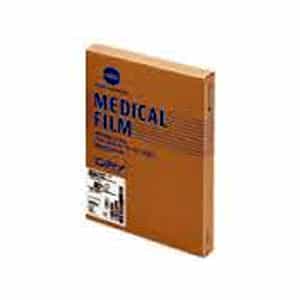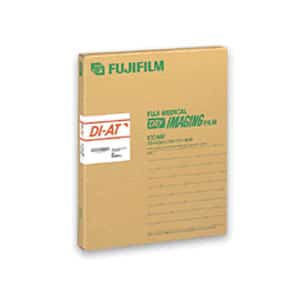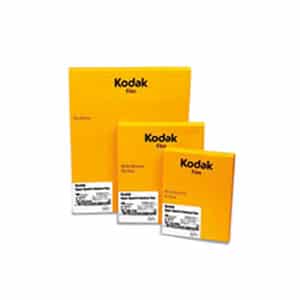Description
Mammography Film
FOR USE WITH THE DRYPRO 800 SERIES LASER IMAGERS
The SD-Q line of dry laser films are specifically designed for the DRYPRO 800* laser series. The film is thermally processed and does not require wet processing chemistry. The SD-Q is blue base, available in 14×17, 11×14, 10×12 & 8×10 sizes. SD-QM is designed for mammography applications in the DRYPRO 873 laser imager only, available in 10×12 & 8×10 only. (*Includes: DRYPRO 832 & 873 Laser Imagers.)
SD-P / SD-Q Film Lines – Sharp, clear images are assured by optimized control of image tones from CT, MRI and other image modalities. Anti-halation technology increases image sharpness. All DRYPRO films deliver excellent diagnostic clarity in the processed image. All DRYPRO SD-P & SD-Q series film is daylight packaged in 125 sheet boxes, four boxes to a case.
Storing and handling unused film
After confirming that film is packaged, store unused film, like ordinary film, in a cool, dark place (recommended temperature:10-23℃(50-73°F)) where it will not be affected by radiation. If film is stored in a place where temperature is more than 30℃(86°F)for a long period of time, the quality of the film may change. When storing film in a film storage bin, it should be stored in a place where temperature is not likely to rise.
Storing and handling processed film (image)
- As heat-processed-type film is susceptible to high temperature or strong sunlight even after it’s processed, it should be stored in a cool, dark place. When storing film for a long period of time, be sure to place it in a film bag and store it in a place where temperature is 25℃(77°F) or below. The rise in density or discoloration may occur more frequently as the temperature rises.
- If the film is stored at a temperature of 40℃(104°F)or higher, this may cause density changes or discoloration even over a short period of time. Avoid leaving the film in a car in daytime, or using it with a hot lamp etc.
- As the film is susceptible to strong sunlight as well as temperature, avoid exposing it to direct sunlight, or leaving it on a viewing screen for a long time,
Dry film should not be cleaned with alcohol or cleaning agent that may cause density blotching and other defects. The film is resistant to water, so it may be cleaned with a soft cloth dampened with water.
0163110



